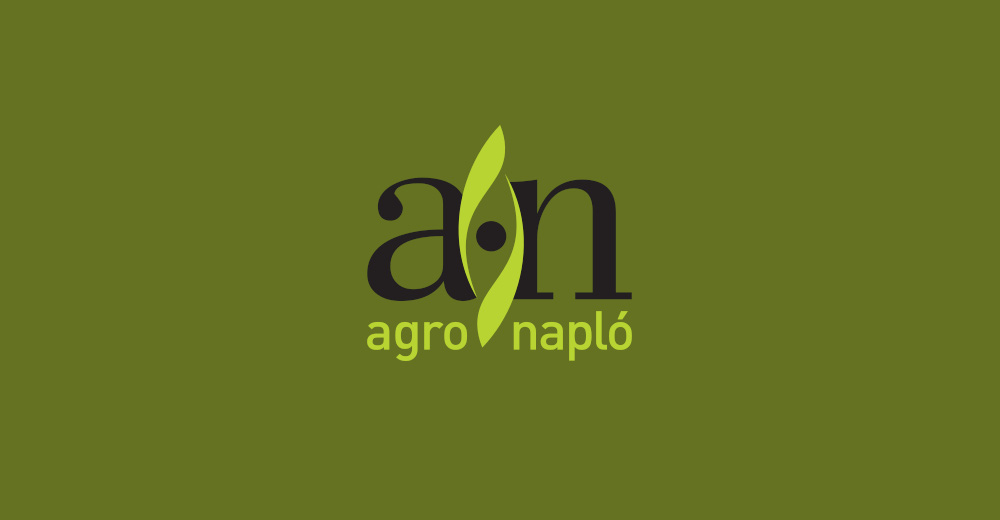The share of EU agri-food imports has increased, reaching €15.7 billion that month. This represents a 3% difference with the previous month. Higher prices for soya meals, rapeseed, wheat and sunflower oil resulted in this growth. While experiencing a slight monthly decrease, EU agri-food exports remain strong with a value of €20.7 billion. Overall, and in spite of increased imports, the EU trade balance remains positive at €5 billion. These are the main finding of the latest monthly agri-food trade report published today by the European Commission.
The latest monthly agri-food trade report also features a special focus on the evolution of production and consumption of wheat and maize in various regions of the world.
Exports
In value terms, EU agri-food exports decreased by 1.2% month-to-month. The decrease of EU exports is mainly due to a drop in exports of spirits and liqueurs as well as for cheese and curd. The 3% increase of exports to China partially compensated the decline of exports to the United States (-5%) and to the UK (-2%). Notwithstanding this monthly decrease, EU agri-food exports to the US and the UK have never been higher. In the first ten months of 2022, EU exports to the US reached €24.4 billion. This is 29% higher that the three-year average for the same period. Similarly, EU exports to the UK from January to October 2022 for a value of €39.5 billion are 15% higher than in 2021.
Imports
Brazil and Ukraine are the top two countries for EU agri-food imports. Imports from Brazil decreased by 17% in October 2022 compared with the previous month. However, imports from Ukraine increased by 25% that month with maize, sunflower oil, sunflower seeds and rapeseed representing 70% of EU imports. The value of imports from Ukraine and Brazil are 20% higher than that of EU's third most important supplier for agri-food products, i.e. the UK.
Volumes of imported palm oil decreased by 16% compared with the same period in 2021 while imports of maize increased by 66%.
Production and consumption pattern of wheat and maize in regions of the world
The COVID-19 pandemic and, more recently, the Russian invasion of Ukraine, jeopardised global food security and the livelihoods of millions of people around the world. The European Commission is cooperating with partners at all levels to support efforts to bring food to those who need it the most and help affected farmers. Today's report includes a section presenting the historical evolutions (from 1961 to 2019) in consumption and production of wheat and maize across Europe, Central Asia, Asia-Oceania, Africa and the Americas.
In summary, Asia's had had a deficit in wheat due an increased consumption since the 1960s that has been only partially matched by higher production volumes. In Africa, the deficit has particularly widened since the 2000s for similar reasons. Other regions of the world are net exporters. For maize, the EU has a slight deficit in production compared to its consumption needs while the Americas is by far the largest exporting region (chiefly the US, Brazil and Argentina).
More insights as well as detailed tables are available below in the latest edition of the monthly EU agri-food trade report.
Via agriculture.ec.europa.eu






